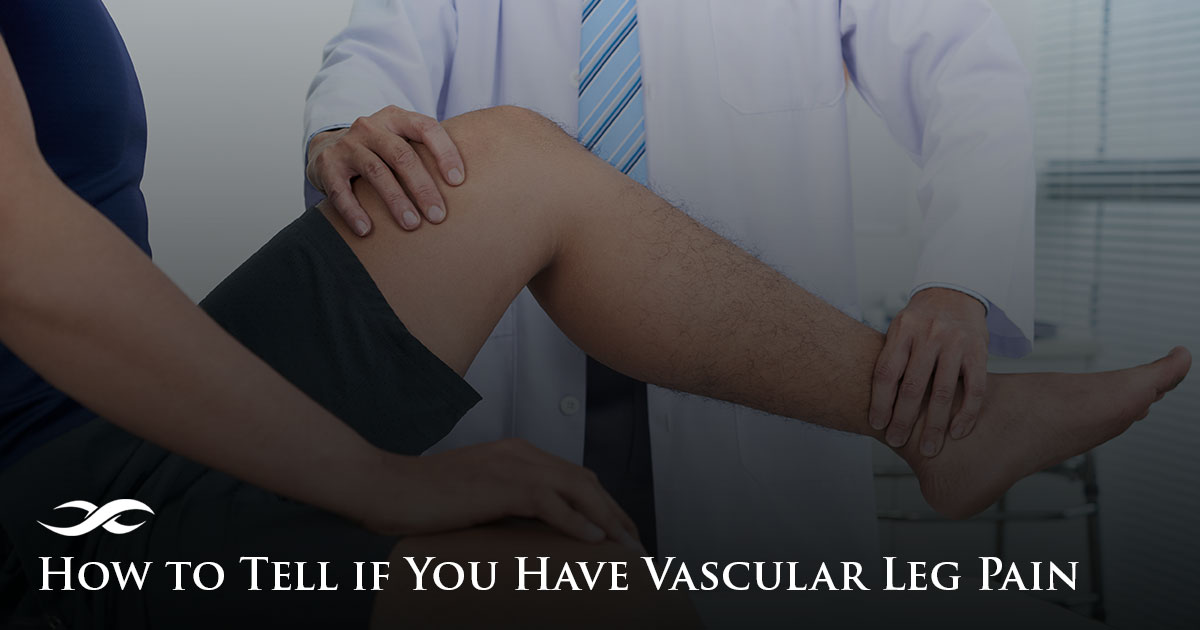How to Tell if You Have Vascular Leg Pain

Vascular leg pain is a common symptom of peripheral artery disease (PAD), a condition that affects more than 3 million people in the US each year. PAD occurs when fatty deposits or plaque build up inside the vessels that carry blood to the legs and feet. When severe, it can lead to disability or the loss of foot or leg to amputation.
The following factors increase the risk for developing PAD:
- Aged 50+
- Smoker or history of smoking
- High blood pressure or hypertension
- High cholesterol
- Diabetes
- Heart disease, heart attack, or stroke
Symptoms of Vascular Leg Pain
One question patients often ask the physicians at Vascular & Vein Institute of Siouxland is, “How can I tell if it’s vascular leg pain and not another type of pain?” This is a great question, as leg pain such as cramps and muscle soreness are fairly common.
The telltale sign of vascular leg pain is pain that occurs during activity and subsides within a few minutes of rest. This pain can range from mild discomfort to debilitating pain, depending on the severity of plaque build up. Occasional leg pain or soreness isn’t usually cause for concern but leg pain or discomfort that consistently occurs during activity and goes away when resting is.
Another great way to help decipher if PAD is at the root of leg pain is to determine if any of the following symptoms are also present.
- Sores or wounds on toes, feet, or legs that heal slowly or not at all
- Color changes in the skin of the feet, including paleness and blueness
- Lower temperature in one leg compared to the other leg
- Poor toenail growth and/or decreased hair growth on legs
To discover how the physicians at Vascular & Vein Institute of Siouxland treat peripheral artery disease, read our blog Peripheral Artery Disease Treatment with Angioplasty.
